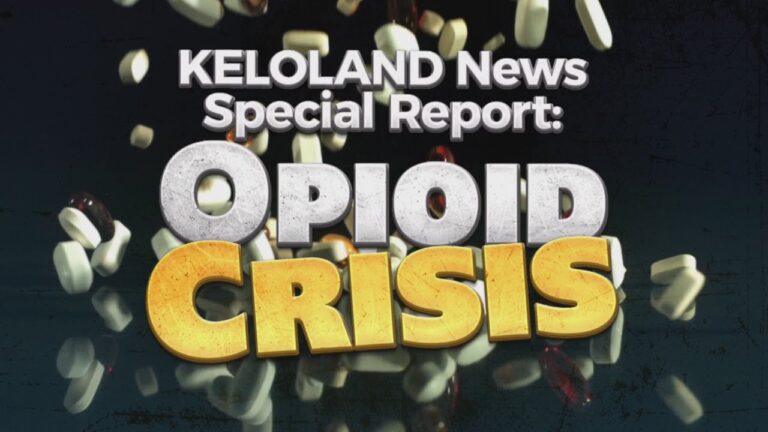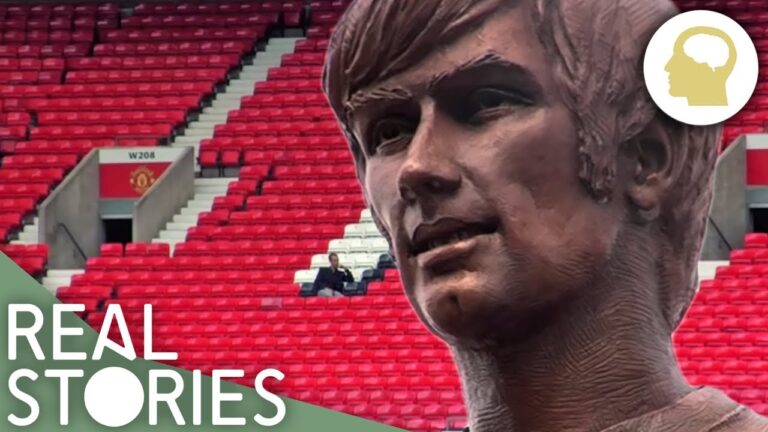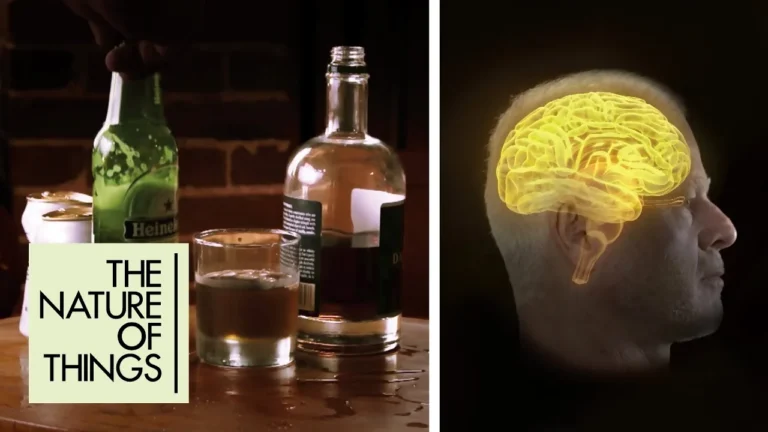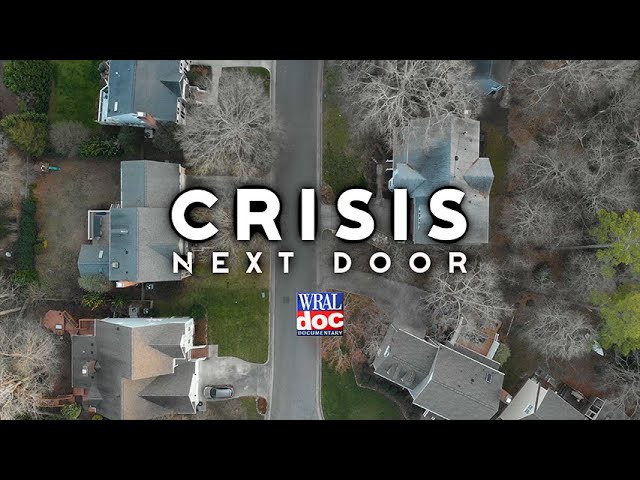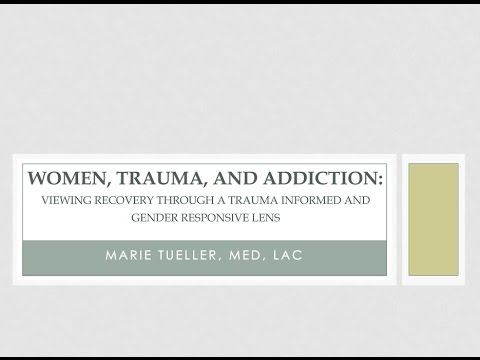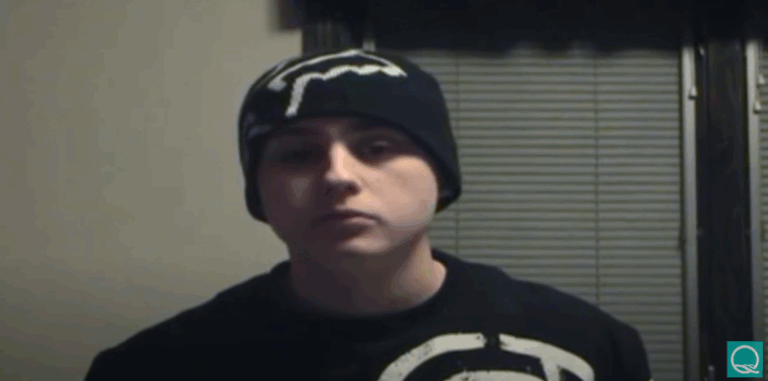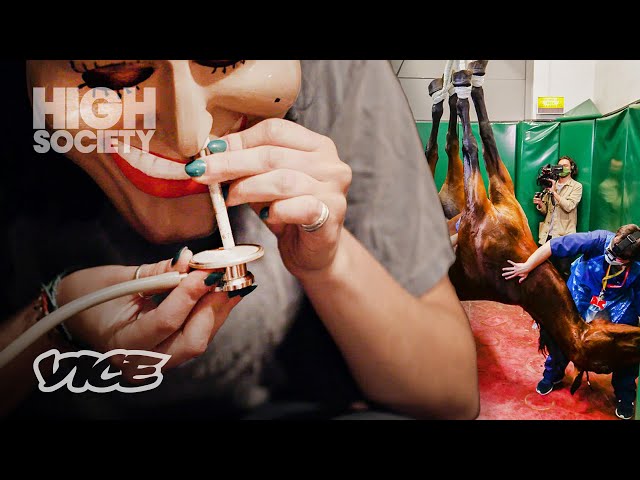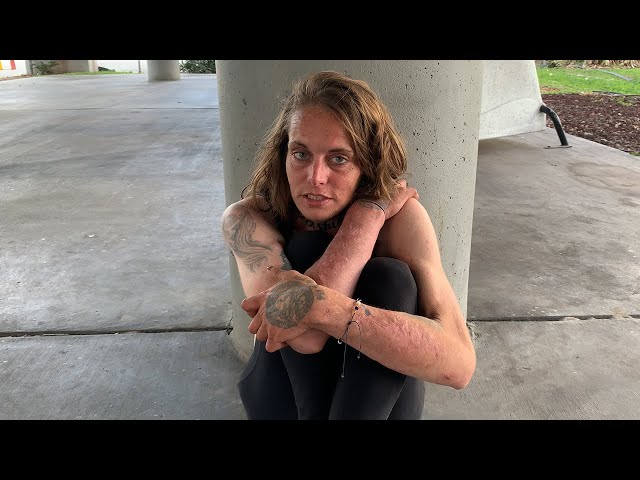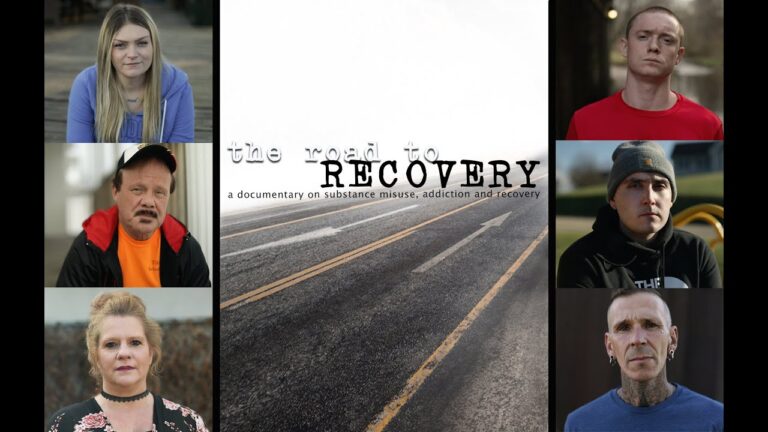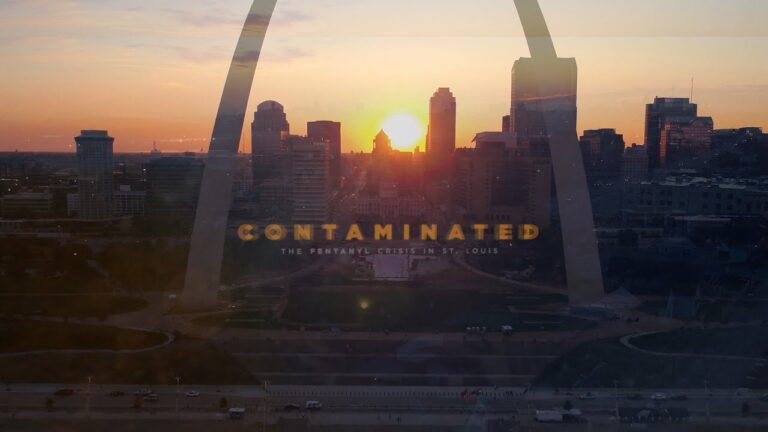Introduction
Injecting Hope is an on-the-ground, gritty exploration of the drug overdose crisis in North America and the role harm reduction efforts, like safe injection sites, could play in finding a solution. ABC7 News reporter Tara Campbell takes viewers onto the streets of Vancouver, Canada’s Downtown Eastside for an intimate look at how the first safe consumption site in North America, established more than two decades ago, is impacting drug users and the community at large. (source)
Watch Now!
Quotes
“Insite allows you to actually have real relationships with people who are marginalized, almost out of existence in this society … and the health care at Insite is, in a sense, so uncontroversial and basic. A roof over your head when it’s raining, sinks to wash your hands in, clean equipment, lifesaving response if you overdose.”
“Since opening in 2003, Insite has supervised more than 3.5 million individual injections. And there have been more than 6,000 overdoses, all of them reversed.”
“You have a population that struggles to access health care. And now, with Insite, you have them streaming past health care multiple times daily. That means that you don’t have to leap on somebody because you see a soft tissue infection brewing. You can be a lot more gentle in the approach, and that’s a lot more effective.”
“Even if we’re not seeing every user for every injection, there is so much that is gained by going there in terms of better practices, access to nursing care, access to clean equipment, sometimes just access for a moment to somebody who gives a damn about you.”
“Family life became pretty much unbearable. And, so, I started running away from home. And I found the greatest thing I ever found in the world, which was street drugs back in the day, and it changed my life. And it gave me the ability to not care what was going on or what people were going to say anymore. The drugs were progressively getting faster and harder. I quickly started using cocaine and heroin at a very young age. And, you know, multiple years through my juvenile life, I was in youth detention centers, group homes, foster care, you know, in and out, living on the streets.”
“Originally, people were like, ‘Why are you putting a recovery program on top of a shooting gallery?’ It makes perfect sense. These are people who not only struggle to access our regular medical care system, and usually do it through the emergency room, which is the least effective and cost effective way. But they also struggle to access recovery programs because they’re just not geared to people who are on the street on the edge of survival.“
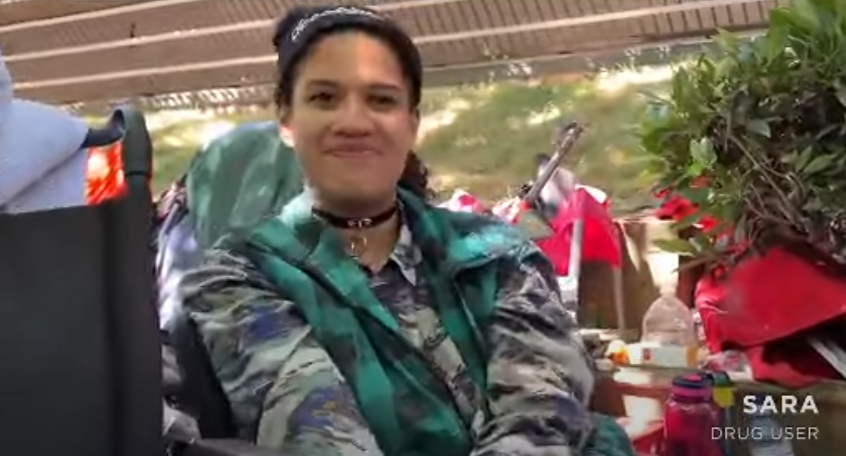
“I’m a young adult from foster care, I’ve been on the streets since I was a kid. I’m from sex trafficking and… So, I don’t know. Hitchhiked across Canada. I’m here now, escaping an abusive relationship.”
SARA
“Fentanyl’s grip on Vancouver’s illicit drug market sending overdose deaths soaring. In 2012, 65 people died from a drug overdose in Vancouver. In 2021, that number was more than 530. That is nearly nine times more people dying in less than a decade. “
“The majority of people who are dealing with a substance use disorder likely have other conditions that are affecting them. They may not be necessarily just be psychiatric conditions. They may be the sort of psychosocial circumstances that affect them — lack of housing, lack of support, history of trauma.”
“There’s been a reckoning, a realization over the last number of years that continued enforcement, continually arresting drug addicts, drug users doesn’t stop them from being drug users, doesn’t stop the crime from happening. And you can make an argument that it actually can lead to more crime. We believe that there’s merit in harm reduction, but we also believe that more treatments are needed for people’s complex social needs.”
“When people talk about Insite and harm reduction services being enabling, I really don’t think that they’re understanding what drives catastrophic drug use in this community and other communities. It is shame. It is pain. It is stigma. Anything that tries to ameliorate those feelings is working in a positive direction around people’s drug use. We’re not being judgmental because judgment only drives people further into the shadows.”
Continue Learning
Hey there! I hope you found this resource useful! If you’re interested in learning more about some of the topics discussed, you can browse through these additional resources. Please don’t hesitate to contact me if you need help with anything else.
Harm Reduction
- Do Supervised Consumption Sites Increase Crime? ‘The Answer To That Is A Flat No’
- Does Evidence Support Supervised Injection Sites?
- Fact Check: Dispelling Myths About Supervised Consumption Sites
- Harm Reduction: A B.C. Community Guide [PDF]
- Harm Reduction for Opioids: A Canadian Perspective
- Harm Reduction Practices in Communities
- How to Use Naloxone
- Indigenous Harm Reduction
- National Harm Reduction Coalition – Harm Reduction Truth
- Rapid Access Models for Substance Use Services [PDF]
- Why Safe Injection Sites Are Considered More Effective Than Needle Exchange Programs
Medication-Assisted Treatment
- 2-Minute Neuroscience: Methadone
- Buprenorphine: Quick Start Guide [PDF]
- Buprenorphine for Chronic Pain: A Safer Alternative to Traditional Opioids
- How Are Methadone and Suboxone Different?
- How Do You Decide Between Methadone and Suboxone?
- How Opioid Treatment Medications Work on Your Brain
- Medication for Opioid Use Disorder
- Methadone Maintenance Therapy Versus No Opioid Replacement Therapy for Opioid Dependence
- Mothers & Methadone
- Opioid Agonist Therapy
- Opioid Substitution Therapy—Time to Replace The Term
- Part 1: Introducing Opioid Substitution Treatment (UK)
- What is Methadone? Methadone vs Suboxone for Treating Opioid Addiction
- What Is Opioid Pharmacotherapy?
Opioid Crisis
- Beyond Supply: How We Must Tackle the Opioid Epidemic [PDF]
- California’s Opioid Crisis
- Facts About Naltrexone [PDF]
- Fentanyl: America’s Grim New Opioid Addiction
- How America Got Hooked on Opioids
- How Good Intentions Contributed to Bad Outcomes [PDF]
- How the Government is Making the Opioid Crisis Worse
- Opioid Crisis: Addiction, Overprescription, and Insufficient Primary Prevention
- The Impact of the Deadly Fentanyl ‘Plague’ on One American City
- The Opioid Crisis in Canada: A National Perspective
- Understanding the Opioid Overdose Epidemic
- Unraveling the Start of the Opioid Crisis
- What Led to the Opioid Crisis – and How to Fix It
- Why Is There an Opioid Crisis?
Opioid Use Disorder
- 2-Minute Neuroscience: Opioids
- Drug Addiction: How Opioids Like Fentanyl Work
- How Do Opiates Affect the Nervous System?
- How Drugs Hijack Your Brain’s Mu Opioid Receptors
- Medications for Opioid Use Disorder
- Medications for Opioid Use Disorder
- Opiate Addiction | The Causes
- Opiate Addiction | The Signs
- Opiate Addiction | Why It’s So Intense
- Opiate Use Disorder or Opiate Addiction?
- Opioid Addiction (CAMH)
- Opioid Overdose (WHO)
- Opioid Use Disorder (NIH)
- Opioid Use Disorder: Medical Treatment Options
- Opioids & the Body: The Science of An Overdose
- Signs of Opioid Use Disorder
- Therapeutic Approaches to Opioid Use Disorder: What is the Current Standard of Care?
- This Is What Happens to Your Brain on Opioids
- Treatment of Opioid-Use Disorders
- What Causes Opioid Addiction, and Why Is It So Tough to Combat?
Share Your Opinion
If you have finished reviewing this resource and have some spare time, I would greatly appreciate it if you could provide your opinion. Was it useful and informative? Did you run into any problems or find something distasteful? I’m thankful for any constructive and helpful feedback to help me improve.
* Your review will be for this specific post and as a result will affect the star rating of the resource. All submissions are reviewed for approval to filter out spam and inappropriate comments. Your email is requested as I may want to follow-up with you. Please also be aware that your review may be placed publicly on this website for others to read.
There are no reviews yet. Be the first one to write one.
